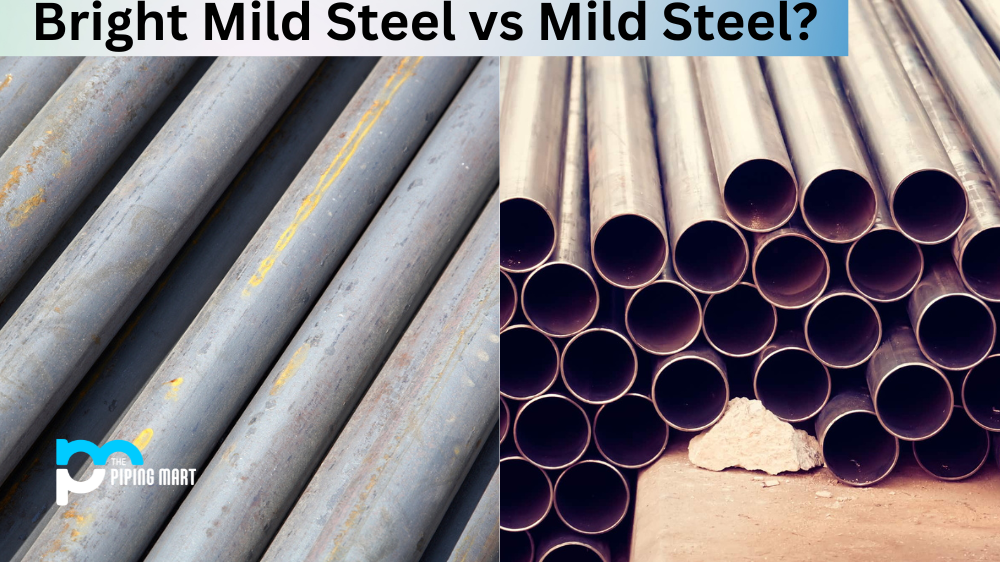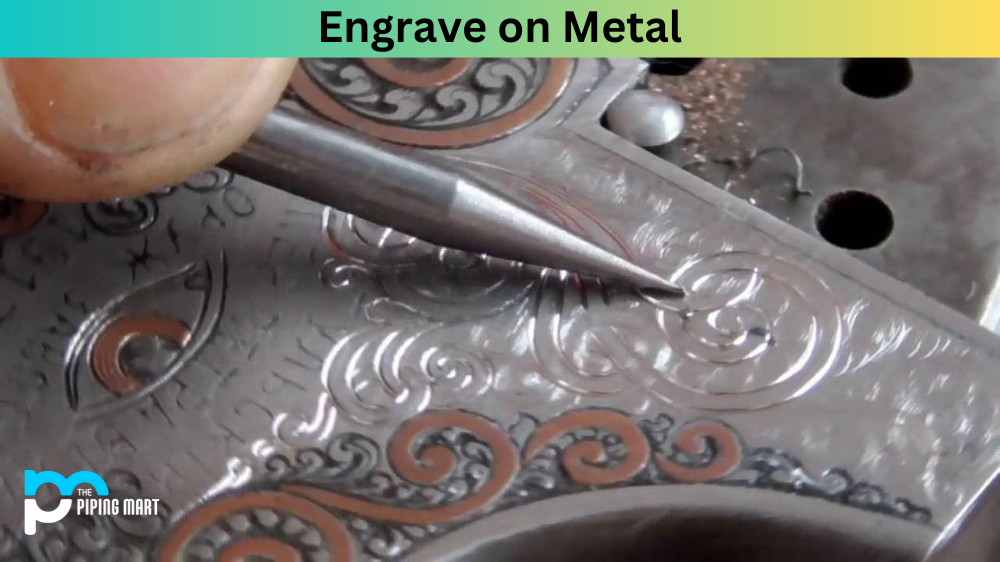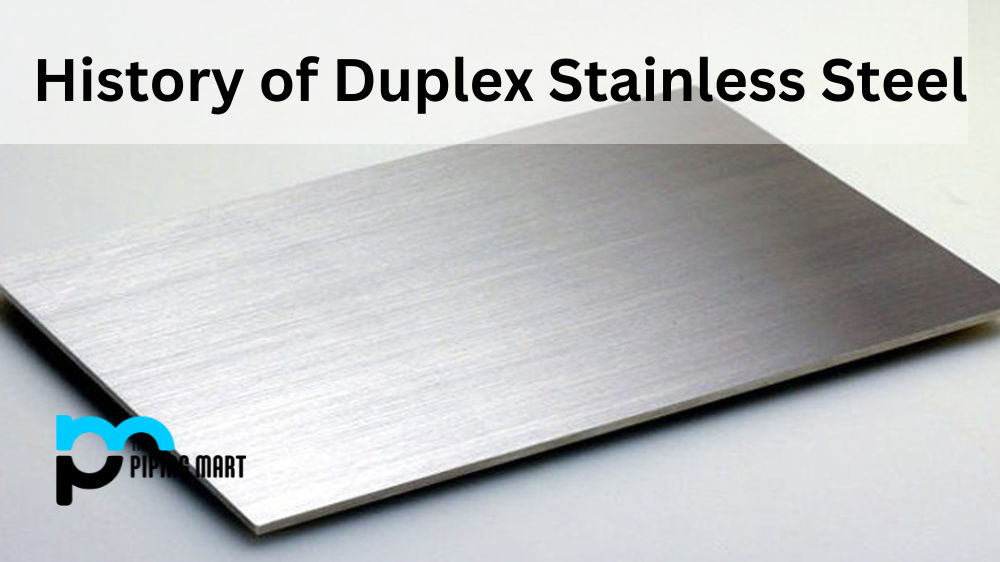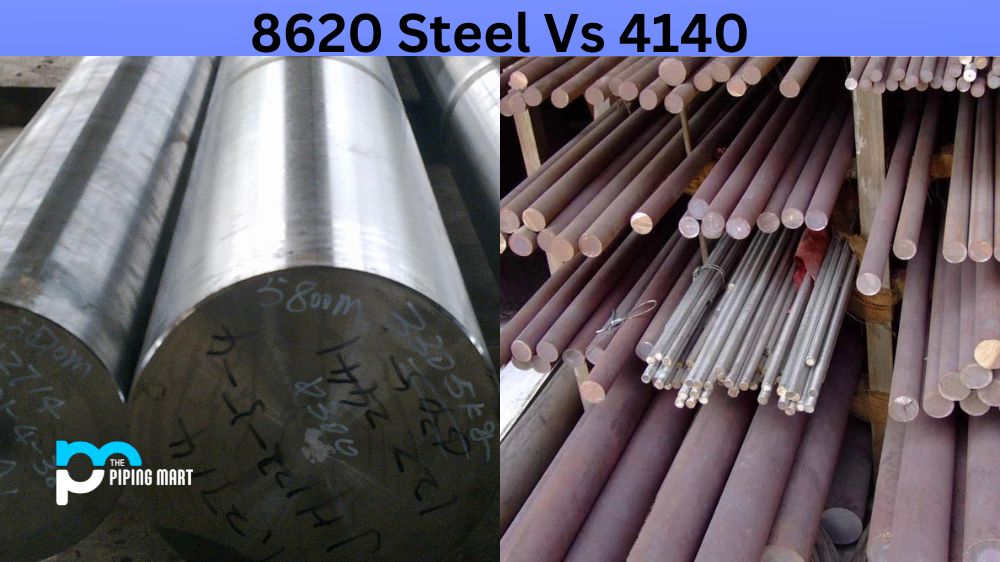If you work with metals, then you’ve likely heard of bright mild steel and mild steel. While these two materials are sometimes used interchangeably, they are actually quite different. In this blog post, we’ll discuss the differences between these two metals and when each one should be used.
Bright mild steel is a type of low-carbon steel that has been cold-rolled to produce a bright, smooth finish. It is also known as cold-finished or cold-drawn steel. This metal is relatively soft and ductile compared to other steels, which makes it easier to form into different shapes. It is often used in applications that require a high degree of precision and accuracy due to its uniformity and strength. Bright mild steel is a type of low-carbon steel that has been treated with an acid to produce a bright finish. The steel is then passed through a series of rollers to further enhance its brightness. Bright mild steel is typically used in applications where a high degree of accuracy is required, such as in the automotive and aerospace industries.
What is mild steel?
Mild steel, on the other hand, is not usually referred to as “bright” because it does not have such a polished finish. It is usually sold in sheets or bars that are used for construction projects or industrial machining applications. It is much tougher than bright mild steel and can withstand higher temperatures without becoming brittle or cracking like some other types of metals can. Mild steel also tends to be cheaper than bright mild steel due to its lack of advanced processing requirements. Mild steel, also known as low-carbon steel, is a type of steel that contains between 0.04% and 0.3% carbon by weight. Mild steel is relatively soft and easy to work with, making it a popular choice for a variety of applications. However, it is also less durable than other types of steel and can corrode more easily.
Benefits of bright mild steel
Some of the benefits of bright mild steel include its high degree of accuracy, its resistance to corrosion, and its aesthetic appeal. Bright mild steel is also relatively easy to work with, making it a good choice for applications where intricate shapes or designs are required.
Benefits of mild steel
The main benefit of mild steel is its affordability. Mild steel is one of the most inexpensive types of steel available on the market, making it a good choice for large-scale projects or for applications where durability is not a major concern. Additionally, mild steel is relatively easy to work with, which makes it a good choice for many DIY projects or for smaller-scale manufacturing processes.
Drawbacks of bright mild steel
One of the main drawbacks of bright mild steel is that it can be more difficult to weld than other types of steel. Additionally, bright mild steel is not as durable as other types of steel and can corrode more easily. Finally, bright mild steels tend to be more expensive than other types of steel due to the additional processing steps required to produce them.
When deciding which type of metal you should use for your project, it’s important to consider what kind of surface finish you need as well as how strong the metal needs to be for your application. For example, if you need an aesthetically pleasing surface finish but don’t need a lot of strength from the metal itself (e.g., automotive body panels), then bright mild steel might be the best option for you since it offers both features at an affordable cost. However, if your project requires a lot of strength (e.g., structural beams) but does not require an aesthetically pleasing surface finish (e.g., machine parts), then mild steel would be more suitable since it offers greater strength at a lower cost than bright mild steel does.
Conclusion:
In summary, while both bright mild steel and mild steel are types of low carbon steels with similar properties, they differ in terms of their surface finishes and strengths—which means they should not be used interchangeably depending on your project requirements! When deciding which type of metal will best suit your project needs, make sure to consider both factors carefully before making your final decision!

Pipingmart is a B2B portal that specializes in metal, industrial and piping items. Additionally, we share the latest information and information about materials, products and various types of grades to assist businesses that are involved in this business.




